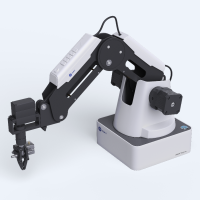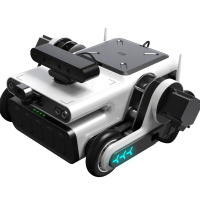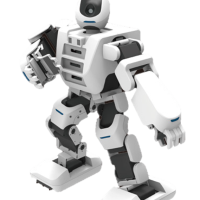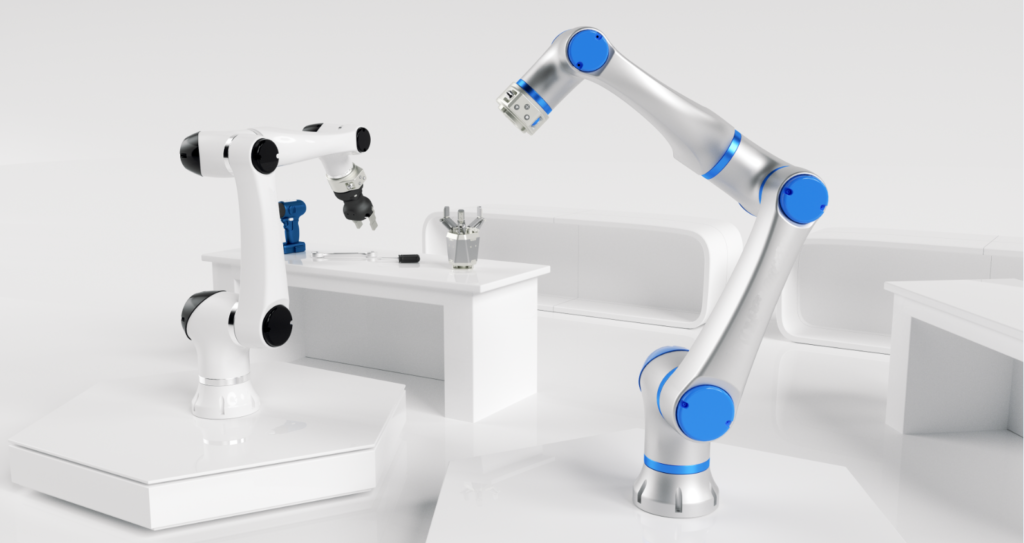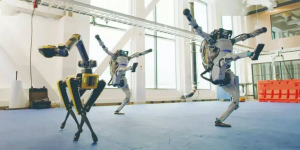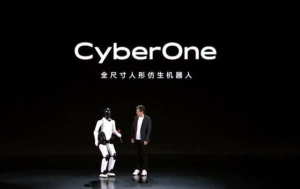Back in 2018, when Rthink, the star and originator of collaborative robotics, abruptly announced its demise, dealing a blow to the then-burgeoning market for collaborative robots, many people, including me, were pessimistic about “human-collaborative robots .”
But the popularity of collaborative robots in recent years has felt like a slap in the half face.
Why is it half of the face? It was not expected that cooperative robots would become so popular in such a short period of time. On the one hand, the investment heat of capital in robots is unprecedented, and on the other hand, the technological breakthrough speed of joint module is unprecedented.
So the right face hurt, but fortunately the left face saved, because the current state of “Human-collaborative ” still stay in the state of human, machine, few cooperation.
After several years of exploration, cooperative robots have indeed gained a place in the industrial scene with the characteristics of light weight, high safety (relative to industrial robots), easy deployment and easy use.
According to the latest data, in the first half of 2022, although the overall consumer demand is weak, the sales of industrial robots still increased by 3%-5%, among which collaborative robots and large load six-axis robots grew by 20% and 15% respectively, the small six-axis robots decreased by 6% , SCARA robots increased by 3%. Parallel robots were down 5% .
Cooperative robots have finally made great efforts in the industry after many trials and will continue to occupy the market of industrial robots. This trend is obvious.
Not long ago, when UR released UR20, it also prominently called out “industrial collaborative robots”, which I interpreted as “collaborative robots for industrial scenarios” or “industrial collaborative robots”.
In the face of cooperative robots from the early Rethink and UR’s spark to the current trend of fire, industrial robot head manufacturers are naturally on pins and needles. They either research by themselves, invest in or acquire their own cooperative robots one after another.
More interesting is that the pioneer of collaborative robots, the head of the enterprise, are not industrial robot enterprises, especially as the Big four of industrial robots FANUC, KUKA, ABB, YASKAWA, in the collaboration market is also lagging behind. It’s kind of like the innovator’s dilemma.
Note that this refers to the lag in the market, not technology. KUKA’s IIWA and ABB’s Yumi were released early, and their performance is very excellent, which are absolute performance products. However, the cooperative robot market is still occupied by joint module manufacturers represented like UR.
What’s more interesting is that while collaborative robots are taking over the industrial robot market, the Big four seem to be fighting back with “collaborative industrial robots”.
So today we’re going to talk about the layout of the Big four in collaborative industrial robots.
The opinions expressed in this article are my observations and sharing only
YASKAWA
In the early days of cooperative robots, redundant control was often accompanied by seven-axis robots. In terms of seven-axis robots, Yaskawa had SIA5D very early, and it also had two arms.
However, it was indeed half a beat late in the production of the cooperative robot. It was not until later that the cooperative robot HC10 with a load of 10kg was launched, and then the HC20 and HC30 were successively launched. In particular, the HC30, 30kg/1700mm specification stands out among cooperative robots. In other words, Yaskawa is behind the pace when it comes to collaborative robots. But in the growing trend of collaborative robots, Yaskawa is overtaking on a curve.
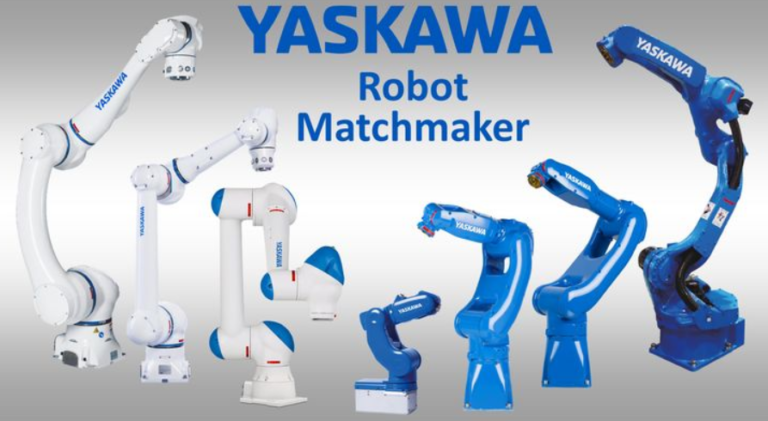
From the appearance of Yaskawa cooperative robot, there are more obvious characteristics of “cooperative robot”, such as hollow line, the end of the lamp, button, functional cooperative robot typical functions should have.
But the technical route is different. HC series uses YRC1000 electric control cabinet. You can also choose a compact version of YRC1000micro with more money. A look at the YRC1000 electric control cabinet and teaching device can know that this is an industrial robot configuration. Yaskawa also classified the cooperative Robots as Smart Series Robots and emphasized that the intelligent Robots have 100 percent industrial robot functions. It also emphasized the safety level of PLd Cat.3 and 25 safety functions.
At this point, it is clear that Yaskawa’s product definition is a robot that combines cooperative safety functions with industrial robot performance, so I will name it “cooperative industrial robot”, which means cooperative industrial robot.
Someone might say, how can the electric control cabinet of an industrial robot be an industrial robot?
Once a professional dismantled a Yaskawa HC10, do a detailed analysis. Interested friends can search the video to see.
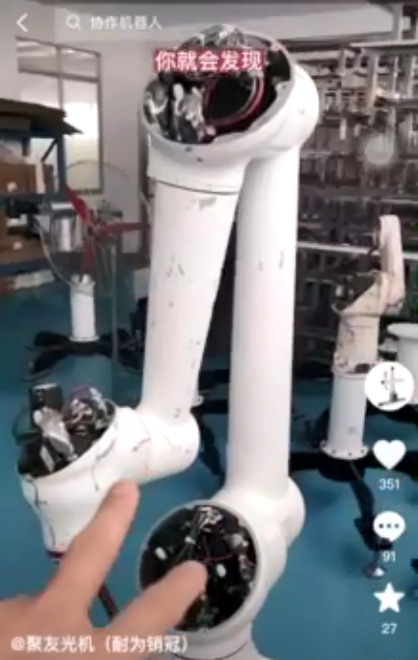
The video shows an industrial robot with a force sensor. It uses the servo motor of an industrial robot. Only the motor is biased for hollow routing. All the cables converge to the base of the robot, which is very compact. These designs require very high flexibility of cables, and life and maintenance are quite worrying issues.
To sum up Yaskawa’s cooperative robot is an industrial servo motor and a hollow reducer force sensor, non-modular design, the drive is concentrated in the control cabinet.
FANUC
The second one FANUC is similar to Yaskawa, and it also caught up with the “heavy load collaboration” car, and later launched a 25kg payload model .
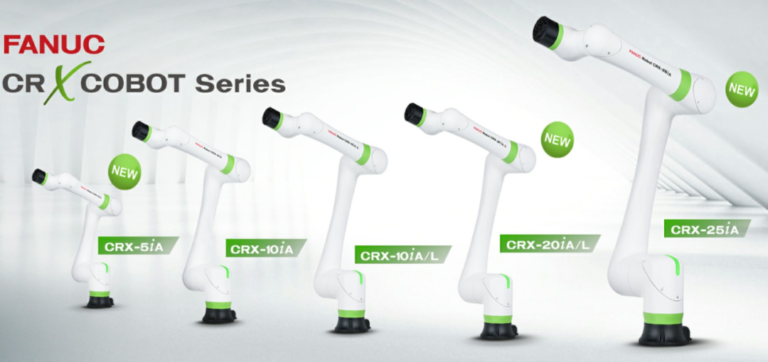
An earlier version of the force sensor on the base of an industrial robot, up to 35kg, was fitted with protective skin. This, let alone, is a fully industrial robot with some safety features to meet the standards of a cooperative robot.
Guys, you can say he’s not smart enough, you can say he doesn’t look cooperative, but you can’t argue that he’s cooperative, because it does have safety features. Besides, no one defines collaboration as something that looks like UR, and some robots look like collaborative robots but they can’t do collaborative work .
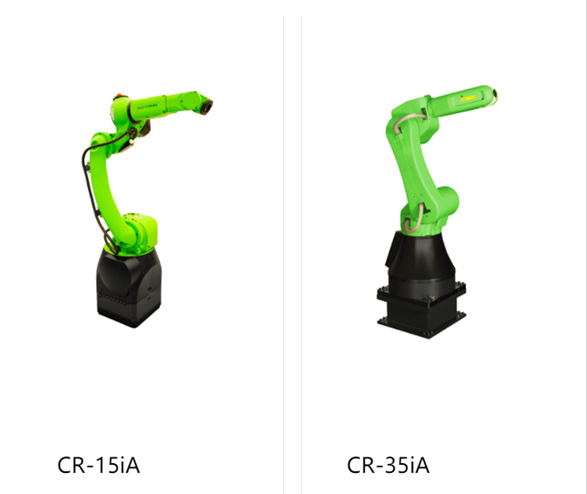
Back to CRX series, just like Yaskawa, it is also the design method of servo motor acceleration and decelerator force sensor. The base is also equipped with power line and encoder line like industrial robot, connected to the electric control cabinet of industrial robot. And a closer look reveals that the FANUC is more complex, with hollow bias and a right-angle drive, so the CRX does look as compact as a common collaboration if you didn’t know what’s inside. Even with such a complex design, I believe the price is also relatively complex ~~~~~
Therefore, whether it is the CR series or the CRX series, we can also see that the line of “collaborative industrial ” is relatively obvious.
KUKA
KUKA’s cooperative robot is needless to say. We all know that IIWA is the ceiling of cooperative robot products. Several domestic cooperative manufacturers with force sensors are closely related to IIWA. Of course, the price is also high, which directly affects the sales of IIWA. Sales of IIWA are said to come from medical, school and scientific institutions ~~~~~
In terms of sales, IIWA is a small business in collaborative robotics, but it’s still a mountain to climb in high-end applications, especially medical applications. Let’s just say that medical piercing robots are hot right now, but the vast majority of them are auxiliary, which means the robot is just assisting in the positioning. The IIWA, on the other hand, can perform spontaneous puncture surgery. Just think how big the gap is here. After all, IIWA has years of accumulation.
Regarding IIWA, the technical route is similar to that of general cooperative robots. Frameless motor is added with harmonic force sensor, and the driver is distributed in the body.
Probably because IIWA is too high-end (expensive), KUKA later launched iISY series, including IISY3, and at the 2022 Munich Automation Show, KUKA said that it will launch IISY11 and IISY15.
There’s so little information on Iisy that it’s not exactly clear what’s inside, but we can find clues from the limited data. First of all, the publicity has been directly pointed out that iISY was born for industry. Another detail is that the control cabinet used is KR C5 Micro, which is also the cabinet of industrial robots.
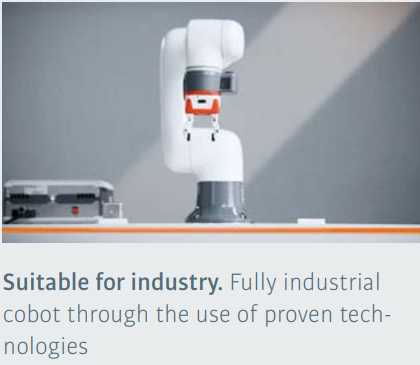
Well, in terms of current products, KUKA has both industrial collaborative robot and collaborative industrial robot .
ABB
If KUKA has two tracks at the same time, ABB is — I want them all !!!!
The first is Yumi, which is also the traditional direct connection of motor reducer, and all cables are integrated to the base. First two arm robot, then released a single arm robot, Yumi is also powerful in technology, industrial design is also very beautiful.
And Yumi does not have hollow line, but external line.
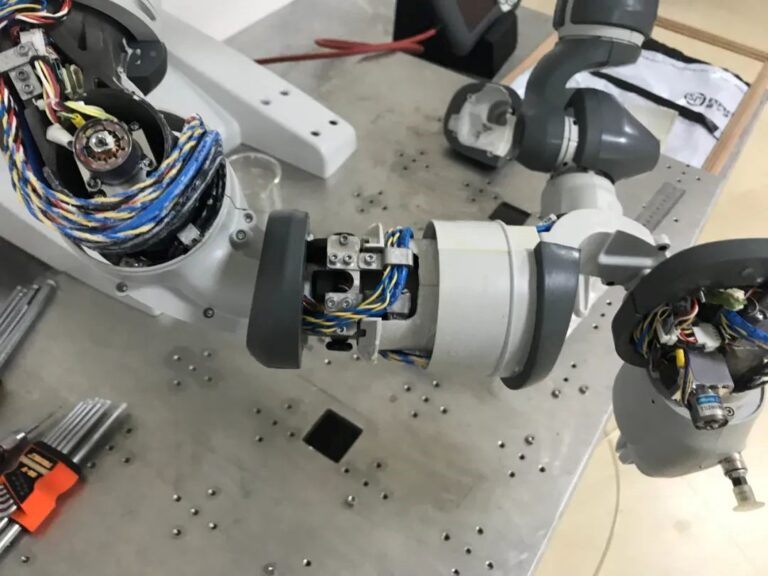
Then ABB launched the sale through the acquisition, but it disappeared, and last year it released CRB1100 and CRB 15000.
CRB 15,000 is gofais and is also a technical route for the low voltage modularity joint module. And there are many bright spots in the design of the gofa, and there are many interesting designs.
And CRB 1100 is the safety strategy of the industrial robot plus laser radar, which is the safest in the same specifications, and is the best performance in the same specification of the collaborative robot, which was seen at the time, and the speed and coordination of the industry were balanced.
So ABB is the layout of every technical route . Having money is so good .
conclusion
Looking back, UR soared to the sky with the concept of “Human-collaborative robot”, and then settled down smoothly with the idea of “industrial collaborative robot”, thus taking the top position in cooperation. YASKAWA and FANUC the two Japanese leaders are unswervingly using the idea of industrial robots to design cooperative robots, in simple terms, industrial robots with force sensors is a cooperative robot; While KUKA and ABB invest in the track, especially ABB, almost the entire track has invested, and there are new products, because the heavy load collaboration has not been done.
In other words, all four families have adopted “cooperative industry” as their only route or one of them.
Although “industrial collaborative robot” currently dominates the market, it is still early days. The Big four take the “cooperative route”, I think on the one hand, it may be intentional to make a distinction between the technical route, on the other hand, we have seen that the cooperation performance requirements are increasingly close to industrial robots.
I agree with the trend that the line between industrial and collaborative robot will become increasingly blurred in the future, or that eventually all kinds of robots will become safer and safer. (I’m not even talking about electronic skin, but from a safety point of view, industrial robot electronic skin, can also be dragged and displayed and collision detection, especially if the non-contact electronic skin is added, the safety factor is even higher. Plus camera monitoring, like Tesla’s Autopilot technology, is actually the same)
Whether it’s industrial collaborative or collaborative industrial, I think it will eventually come together, just see who has the bigger scale when they come together.

